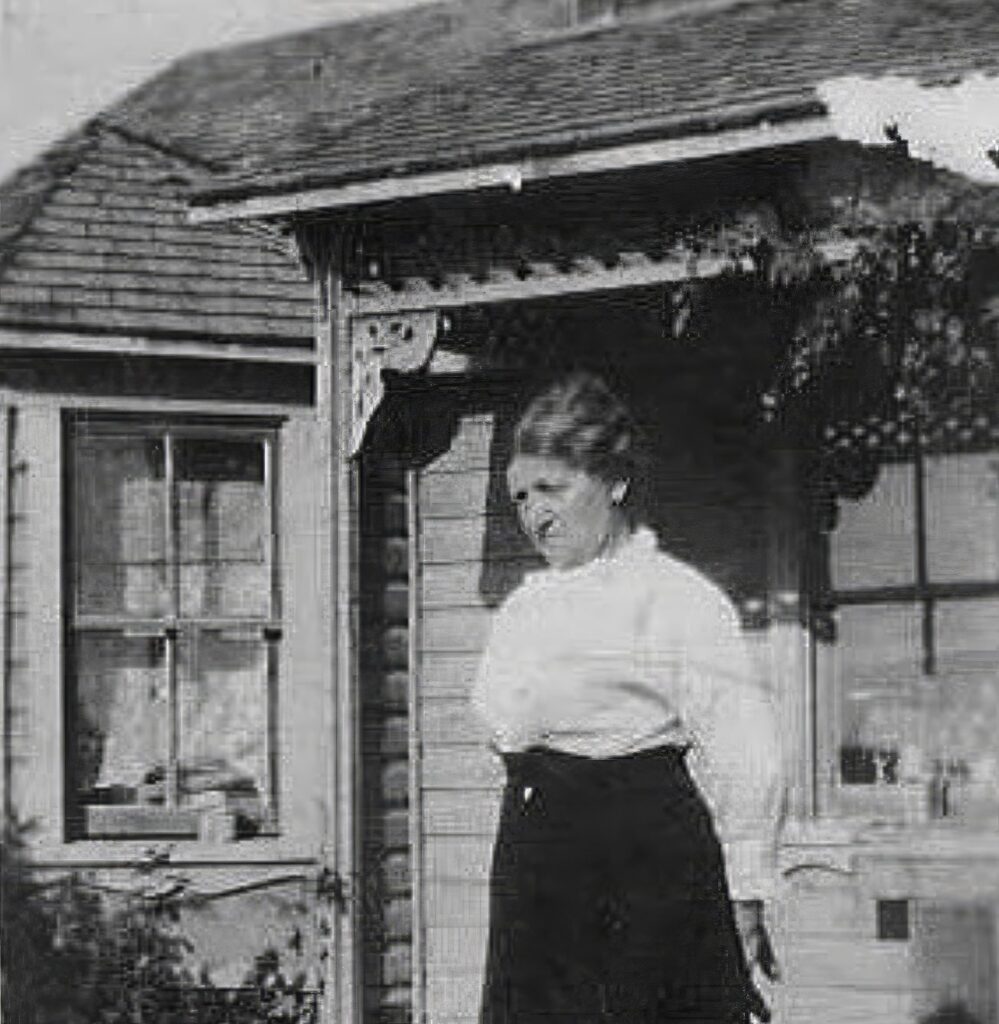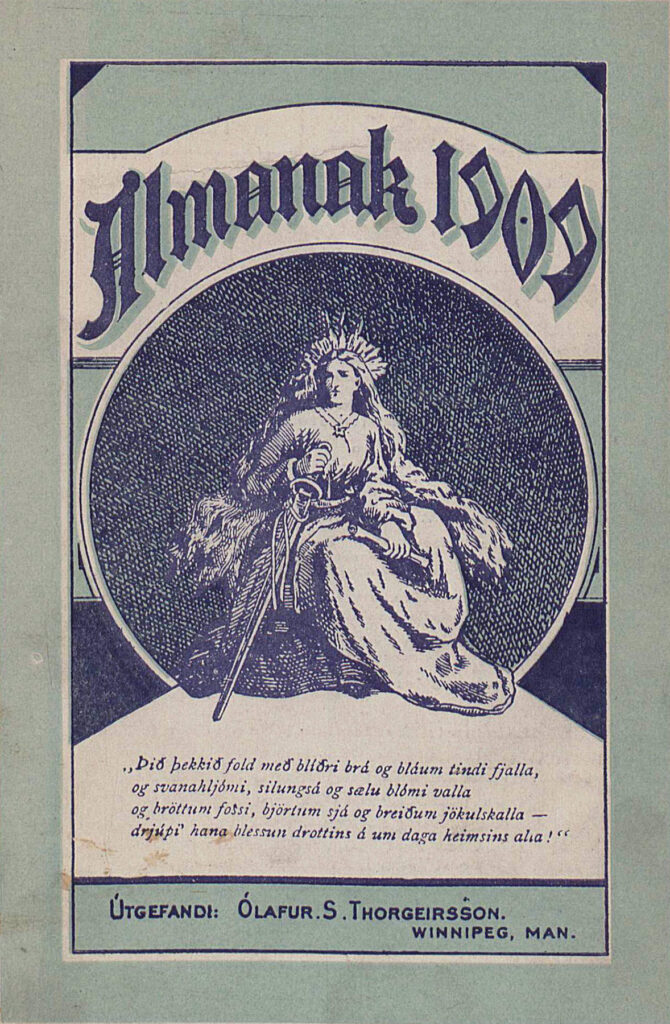Buy Tickets to Fensala Hall concerts!
This Giving Tuesday, make a difference right here in Markerville.
Our community fundraisers are a wonderful way to take part in this global movement of generosity, while also treating yourself or someone you love.
Choose from our upcoming music concerts and enjoy them in the New Year, or gift the experience to family and friends. Your support helps strengthen our community and keeps the spirit of Giving Tuesday alive all year long.
Give a little, get something beautiful back…music that brings us together.
On Giving Tuesday, December 2, 2025 you could make a donation and designate where it gets spent, or you could join Stephan G. Stephansson Icelandic Society as one of our 25-Dollar-Icelanders. Visit historicmarkerville.com and click on the Giving Tuesday banner to discover other options of how to support us, or follow the link:
Make a donation or take out/renew your membership!
Volunteering at Historic Markerville is one of the most rewarding ways to give back to our community. From summer events (directing traffic, helping with set-up and take-down, and lending a hand at events like Cream Day or the Icelandic celebration), to winter tasks like Christmas in Markerville and the Cookie Walk, our volunteers keep Markerville’s traditions thriving year-round.
Whether you can spare a few hours or a full day, every bit of help makes a real difference. It’s a chance to meet great people, learn new skills, and be part of the fun that brings our little hamlet to life.
This Giving Tuesday, we’re celebrating the generous hands and big hearts that make it all possible. Join us, and add your story to the slideshow in the years to come.
Contact volunteer@historicmarkerville.com if you’d like to hear of upcoming volunteer opportunities.




















